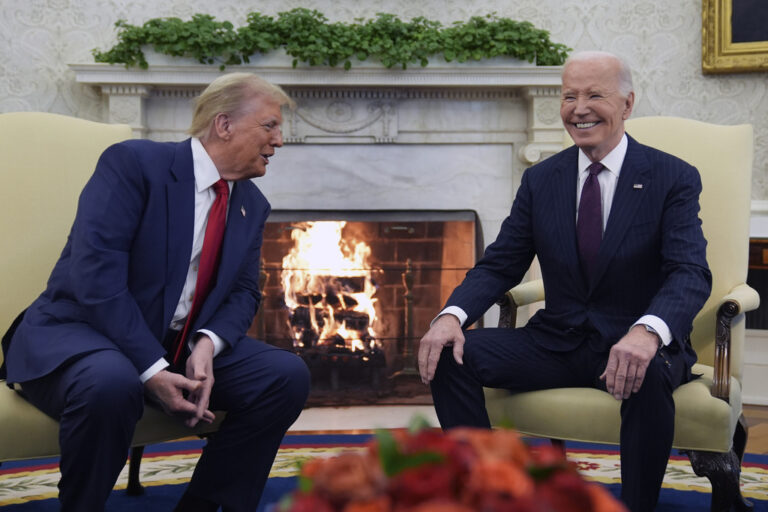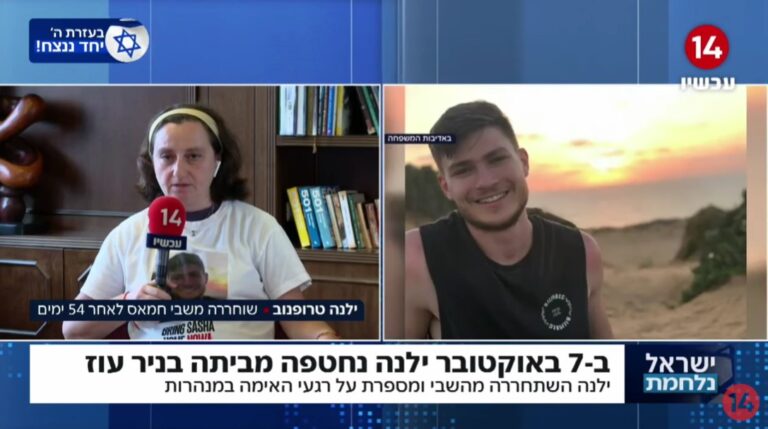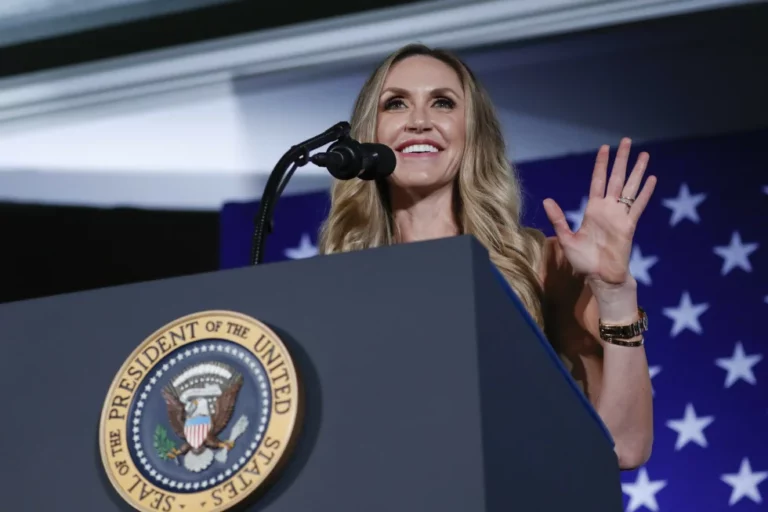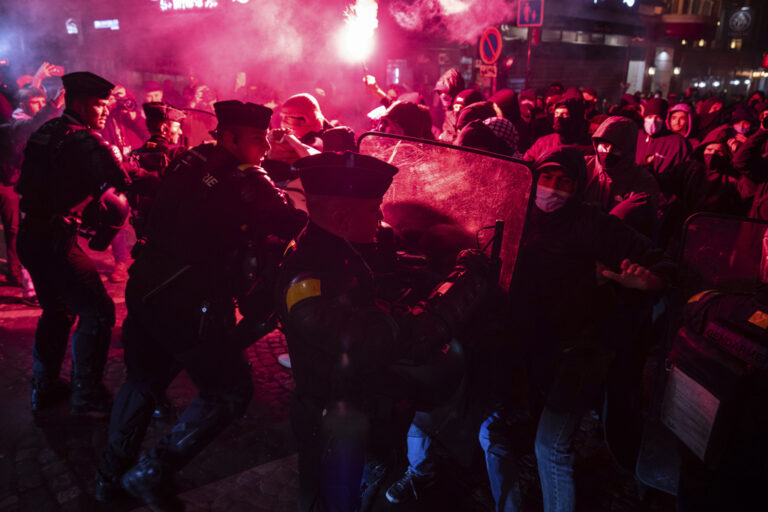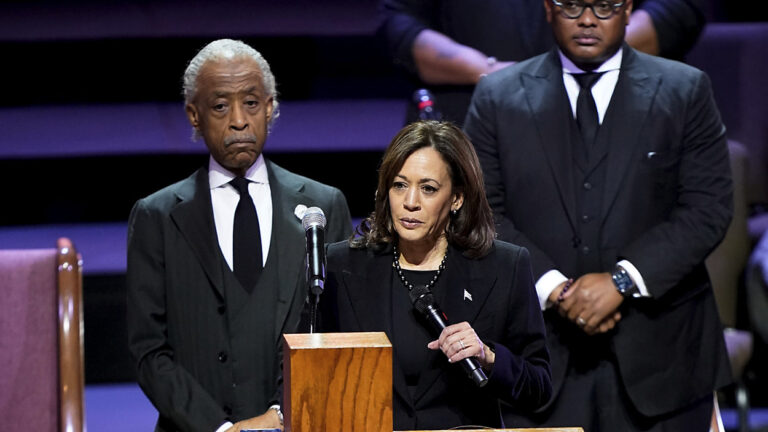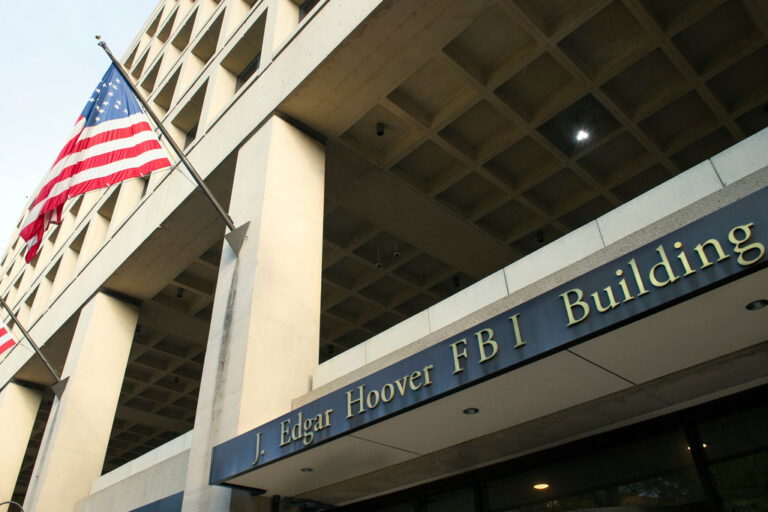 A New York Police Department detective told a federal judge that he’s seen no evidence that one of his informants brought up the subject of jihad as a way to bait Muslims into making incriminating remarks. But text messages obtained by The Associated Press show otherwise.
A New York Police Department detective told a federal judge that he’s seen no evidence that one of his informants brought up the subject of jihad as a way to bait Muslims into making incriminating remarks. But text messages obtained by The Associated Press show otherwise.
And while the detective, Stephen Hoban, described the activities in a new legal filing in U.S. District Court as narrowly focused on a few people under investigation, text messages show a wide-ranging effort. Eager to make money, Shamiur Rahman, the informant, snapped pictures during prayer sessions, rallies and a parade; recorded the names of people who signed petitions or protested; and reported fellow Muslims who volunteered to feed needy families.
When the detective responded, his text messages nearly always sought more information:
“Did you take pictures?”
“I need pictures from the rally. And I need to know who is there.”
“Get pictures”
Rahman told the AP last year that he made about $9,000 over nine months spying widely on friends and others. He said the NYPD encouraged him to use a tactic called “create and capture.” He said it involved creating conversations about jihad or terrorism, then capturing the responses and sending them to the NYPD.
Now, as the NYPD defends itself from allegations by civil rights lawyers that such tactics violated a longstanding federal court order, the department said Rahman was either lying or didn’t know what he was talking about.
“Rahman was never tasked to, nor did he as far as I know, engage in what he refers to as a ‘create and capture’ methodology,” Hoban wrote. “There are 57 field reports documenting Rahman’s work as an informant. In reviewing those field reports, it is clear that Rahman did not use what he refers to in his declaration as a ‘create and capture’ strategy.”
Rahman allowed the AP to review months of text messages with Hoban from January to September 2012.
“Hey bro,” Rahman told Hoban in one message. “I think im going to bring up jihad with these guys tonight, see what they say and know and then go home because everyones really just praying and stuff.”
Hoban did not respond to that message. Rahman previously said his NYPD handler only encouraged him to use the tactic, never dissuaded him. Rahman did not respond to messages for comment from AP after Hoban’s filing in federal court in Manhattan.
The different accounts of Rahman’s activities are significant. Taken with the NYPD’s use of plainclothes detectives assigned to the Demographics Unit to catalog Muslim business and eavesdrop on conversations, civil rights lawyers say that Rahman’s tactics show the NYPD is violating court-imposed rules about what files it can keep on activities protected by the First Amendment.
The NYPD strongly denies that and Hoban’s affidavit is central to their defense.
The NYPD’s court papers also reveal for the first time the scope of the monitoring by its Demographics Unit, now called the Zone Assessment Unit. In the past three years, the unit has filed more than 4,200 reports, or about four per day.
Each report typically describes a clandestine visit to a business or mosque, the ethnicity of the clientele and, in some cases, what conversations the officers overheard. The detectives reported details from more than 200 conversations, or about one a week.
Thomas Galati, the commanding officer of the Intelligence Division, said most of those conversations were used to gauge people’s reactions to overseas events. The AP has previously reported that Demographics detectives were extremely interested in people’s reactions to U.S. drone attacks.
The civil rights lawyers want a federal judge to appoint an outside monitor to oversee the NYPD’s intelligence-gathering operations, which the police department is strongly resisting. Such a monitor, the NYPD says, “would have rippling negative effects with dire consequences.”
David Cohen, the NYPD’s top intelligence official, argued in court documents that he and a battery of lawyers review all investigations. Oversight from outside the department, he said, would make New York a more dangerous place to live.
As evidence that New York was under constant threat of terrorism, he said the suspects in last month’s Boston Marathon bombing were headed to Times Square, where he said they might have carried out an attack deadlier than the one in Boston.
Coupled with other thwarted and aspirational plots against New York in recent years, Cohen said the Boston attack showed “the need for a vibrant intelligence program that uniquely addresses the counterterrorism security equities of New York City.”
Informants such as Rahman were central to Cohen’s effort to identify terrorists before they attacked.
Rahman sent Hoban pictures: Imams. The sign-up list for an Islamic study group. People at rallies and parades. And bags of rice and boxes of Cheerios that his mosque was collecting for the needy.
“This is what they give to each family plus flour, cookies, pudding, and meat,” Rahman wrote.
And he collected phone numbers. One belonged to an elderly neighbor who worked in a woman’s shelter. Two more were people who signed a petition and were “probably organizing a rally” for Muslims suffering in Myanmar.
Rahman collected information on the Muslim student group at John Jay College of Criminal Justice and the non-profit Muslim American Society. Hoban, however, said those groups were never his informant’s focus.
Instead, Hoban said Rahman kept tabs on a small group of people. That effort happened to take him into mosques and student groups, Hoban said.
For instance, he said Rahman went to a Brooklyn youth center run by the Muslim American Society “spontaneously.” Hoban said he found out about it later.
In one text message, however, Rahman said he was heading to Friday prayers.
“Afterwards I might go to the mas center,” he writes, a reference to the center.
“Ok,” Hoban responds, “let me know who is there.”
(AP)

